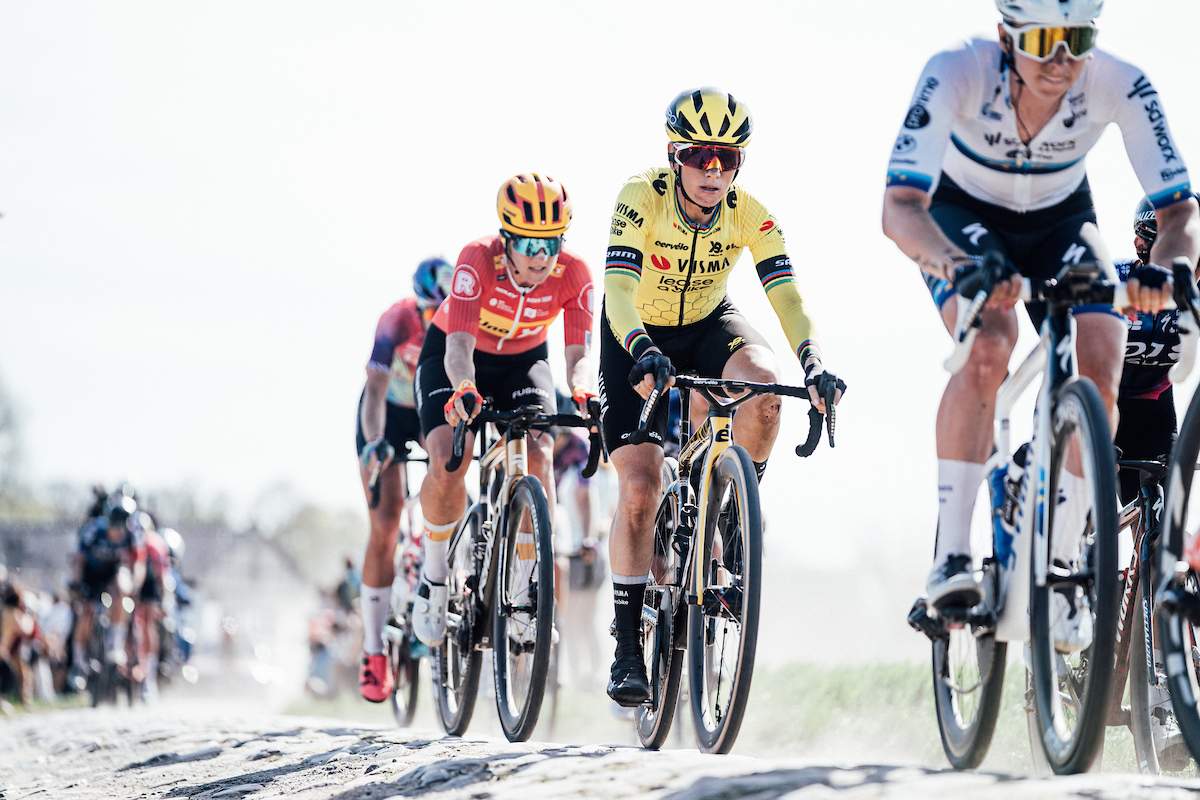2018 Colombia Oro y Paz preview
Nairo Quintana, Gaviria and Uran headline inaugural edition
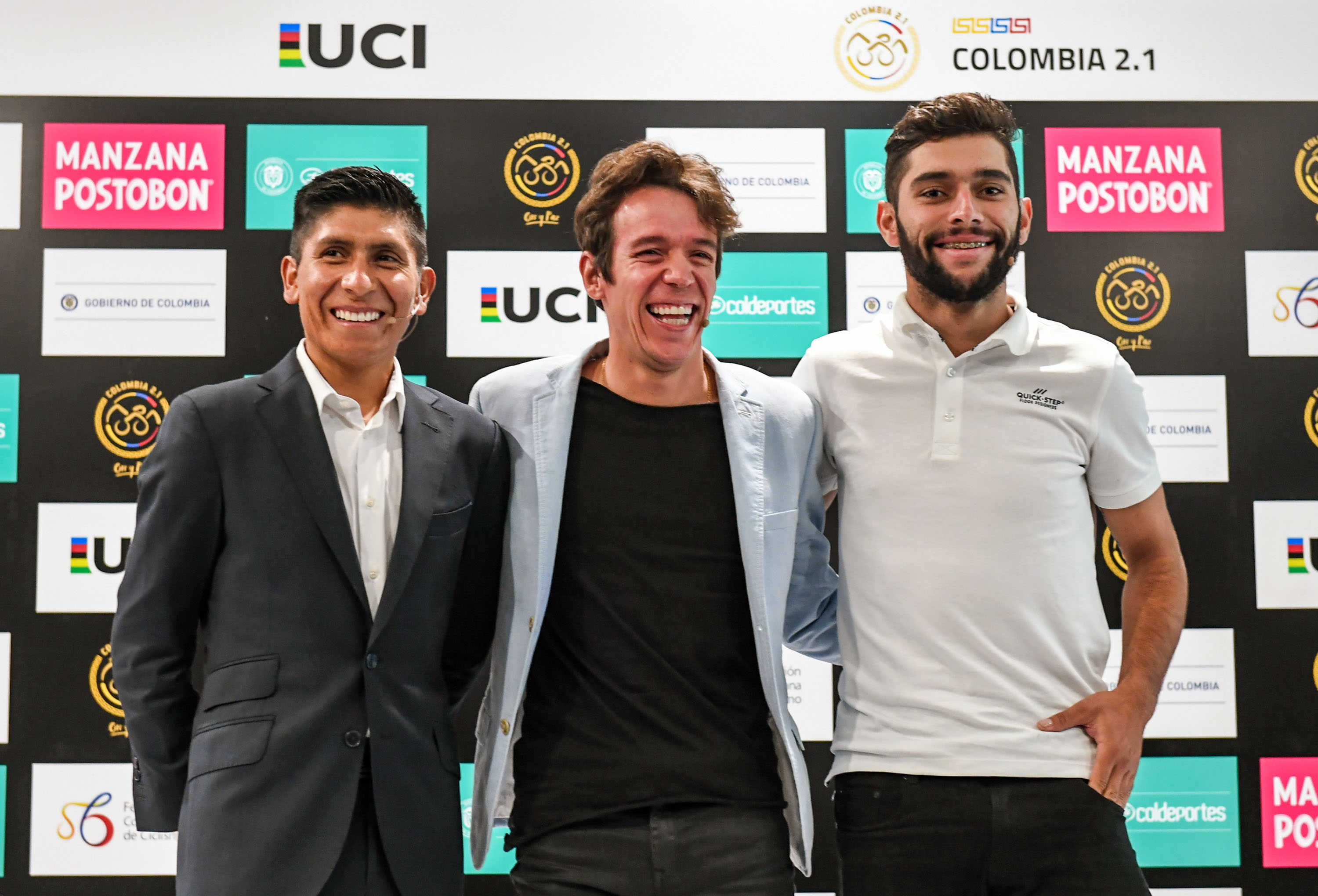
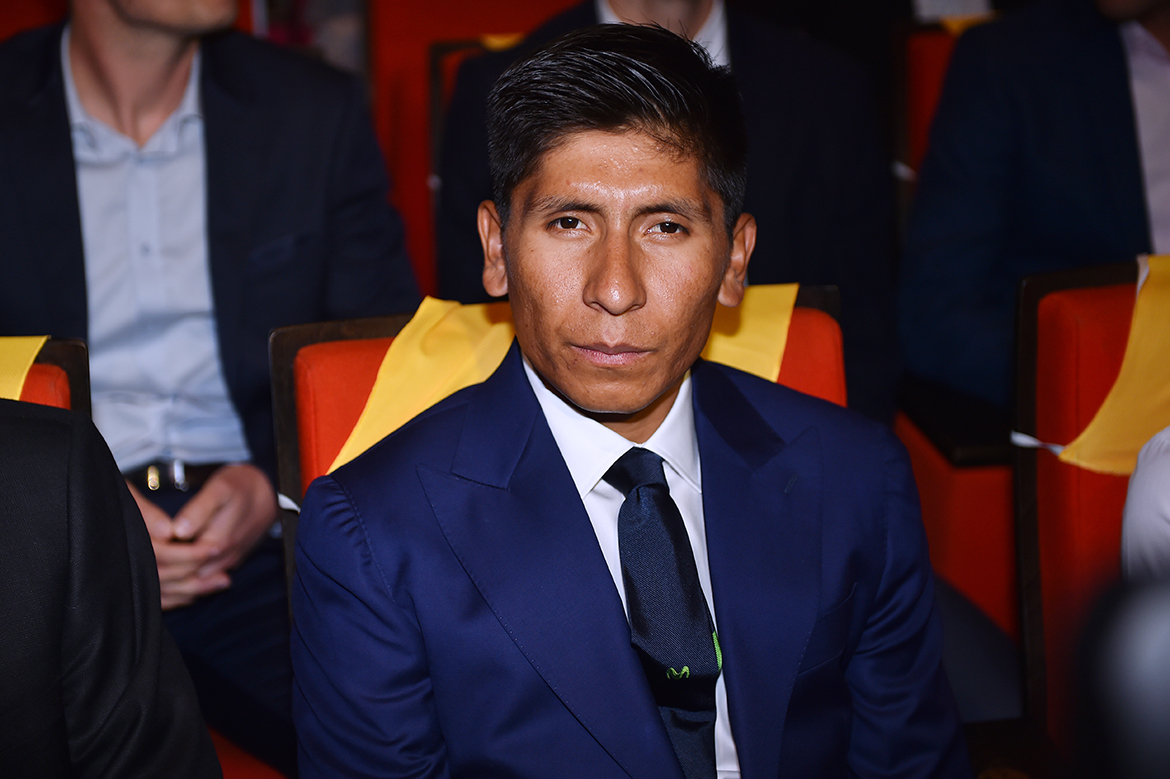
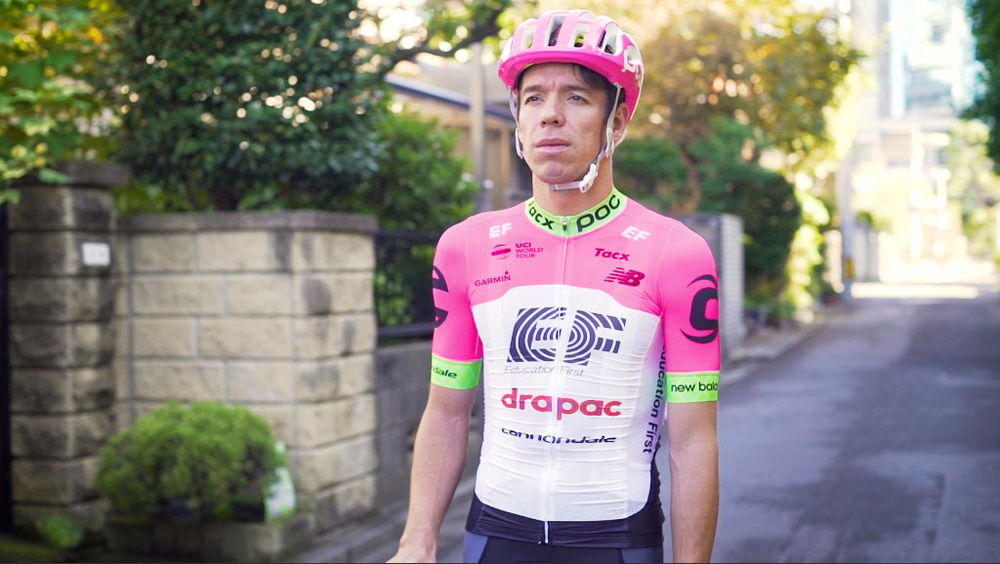
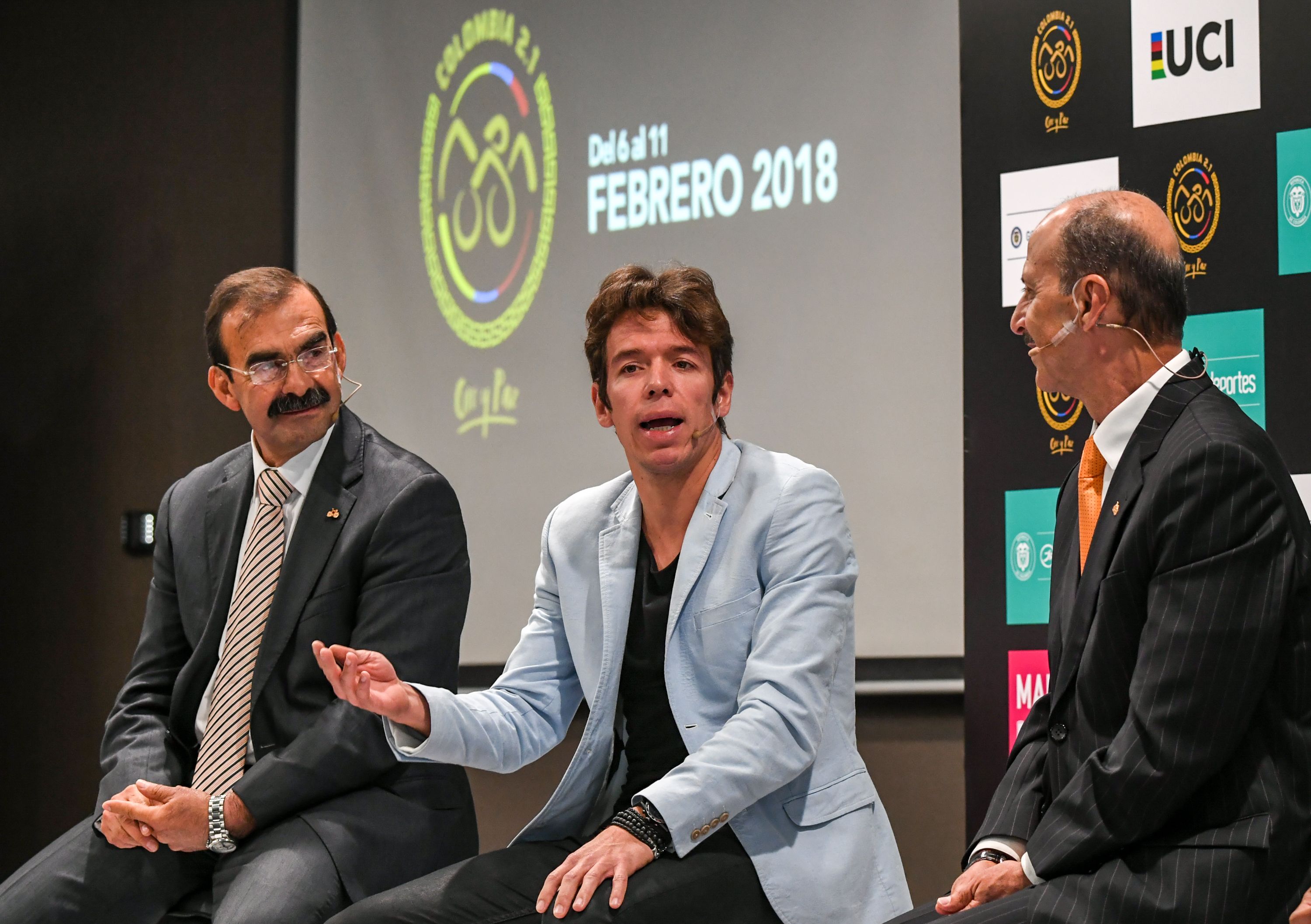
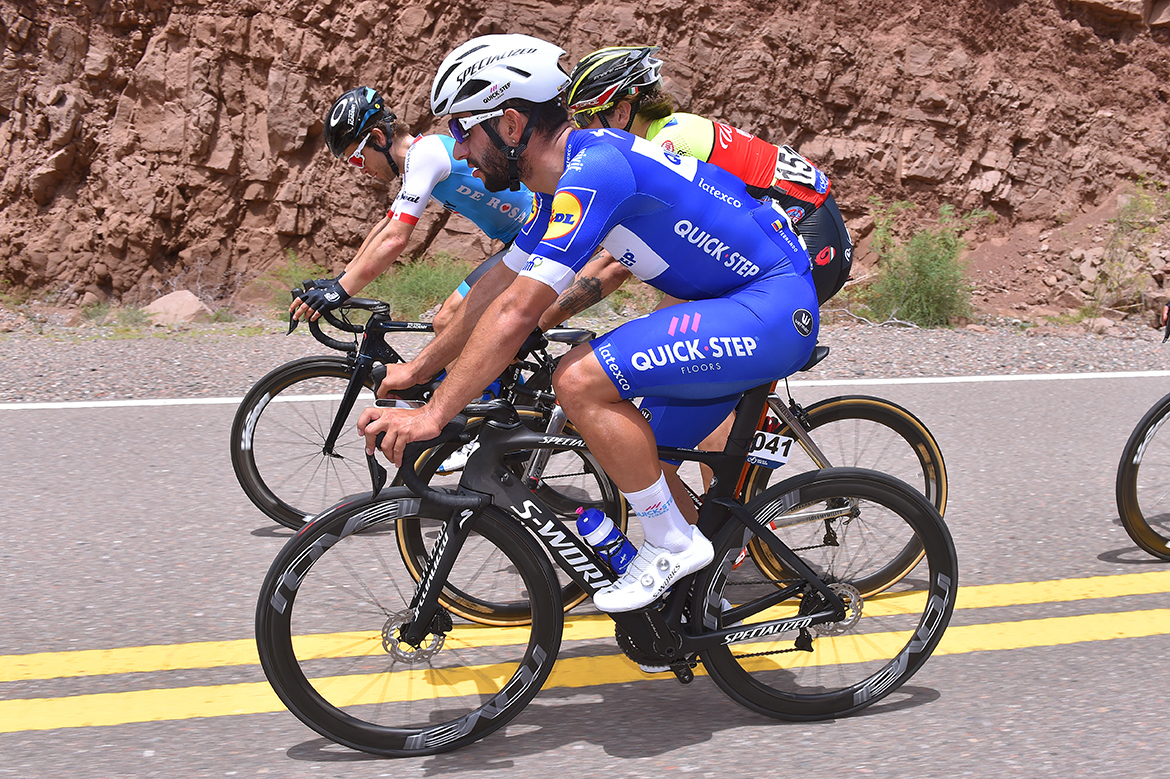
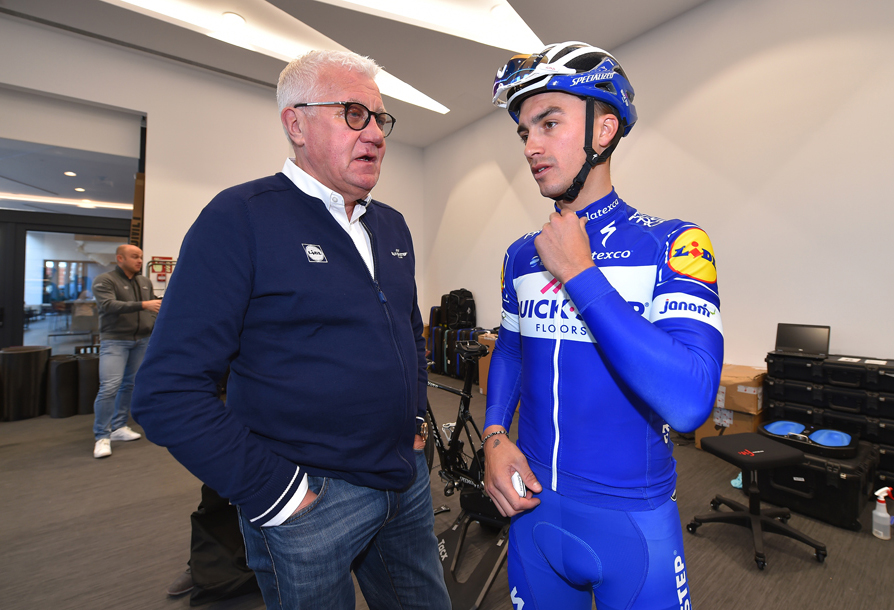
Gold and peace. The message of Colombia’s new professional cycling race is one of hope. If gold has connotations rooted in the past – the precious metal was plundered by Spanish conquistadores when they arrived here half a millennium ago – then peace is associated with the future.
The South American country has come some way from the unruly narco-state of Pablo Escobar’s days, but extricating itself from the violence that had become entrenched is still, by all accounts, a work in progress.
Oro y Paz was a term coined by sports ministry chief Clara Luz Roldán, who wanted to encapsulate the journey being made by the country as a whole while underlining the importance of sport to that process. “Colombia Oro y Paz speaks of the pride we feel for being Colombian,” she said in 2016. “We are all gold.”
Pride certainly abounds ahead of the inaugural edition, which kicks off on Monday with the first of six stages in the Valle del Cauca region.
“A historic moment,” was how Colombia’s leading daily newspaper El Tiempo put it on Sunday, highlighting a ‘before and after’. “The country will be able to say that local cycling history split into two periods, because there’s no doubt that this will be the biggest race that’s ever been held on home soil.”
Indeed, while we’ve become accustomed to Colombians venturing to Europe to make their mark, now the tide has turned and the international pro peloton descends on Colombia. Domestic races such as the Vuelta a Colombia and Clásico RCN are historic in their own right, but the Oro y Paz, with its UCI 2.1 status, can attract the world’s top teams.
That 2.1 status has become almost mythical. ‘Dos punto uno’ is a frequent suffix for the name of the race, which is sometimes referred to simply as ‘la dos punto uno’ – the two point one. Never has a bigger deal been made of a UCI code.
So while the Oro y Paz may be one small piece in a complicated jigsaw of early-season racing this February, it feels much more significant than that in Colombia itself. It’s an opportunity for Colombian cycling to open its doors and showcase itself to the world, which, as the name reminds us, is perhaps also true for the country as a whole.
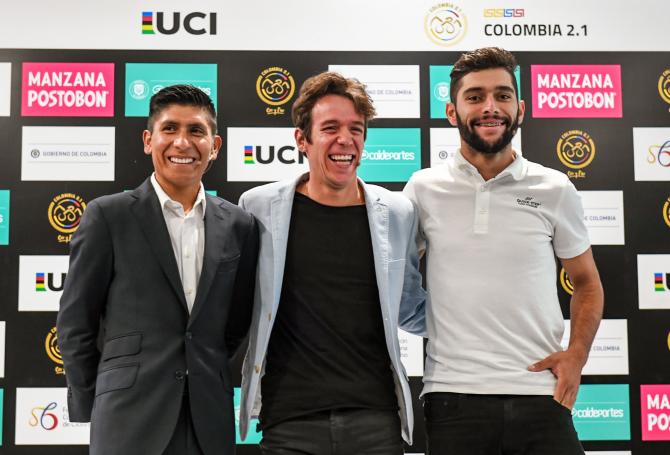
The route
Given the topography of Colombia, and the archetypal qualities of its riders, a parcours that feasted on mountains might have been expected when plans for the race were first fleshed out. The organisers, however, have heeded the advice of the WorldTour pros and laid on a six-stage route that’s respectful of its early slot in the 2018 calendar.
Essentially, it’s a race of two halves. The first is largely flat, with three successive opportunities on the cards for the sprinters, while the second sees medium mountains creep into the picture, with two explosive uphill finishes followed by a longer summit finish on the final-day queen stage.
Stage 1 (99.9km) is a city centre circuit-based race in Palmira, just east of Cali. The riders will complete nine laps of an 11.1km out-and-back circuit for a steady introduction to the race, albeit one that will become increasingly frantic as it reaches it climax.
Stage 2 (183.4km) again starts and finishes in Palmira, this time heading south to Santander de Quilichao – with one climb on the way – before turning straight back on itself. Stage 3 (163.2km) says goodbye to Palmira but follows a similar pattern as the race heads due north on main roads before coming back on itself, this time as far as Buga, where a third bunch sprint is expected.
Stage 4 (149.5km) starts out flat but packs a hilly finale in the form of two third-category climbs. The climbing starts with 40km to go and, while the third-category Cerritos shouldn’t cause too many problems, the road continues to gently rise ahead of the stiffer final few kilometres to the finish line at El Tambo above Pereira. We could be in for a similarly explosive finale on stage 5 (163.7km), which leaves Pereira and makes a round-about way to Salento. Again, it’s a flat start before the road pitches uphill towards the end and finally culminates in a three-kilometre hike to the line, with an average gradient of around seven per cent and pitches in the double digits.
Stage 6 (187.7km) tips the balance away from the puncheurs in the direction of the climbers, with a proper summit finish at Manizales. Two minor climbs precede the final ascent, which may not pack a fearsome average gradient but is nevertheless long – at just shy of 20km – and high – reaching 2,200m.
The line-up
The inaugural edition of Colombia Oro y Paz will feature 25 teams of six for a peloton of 150 riders.
The start list is pretty much a who’s who of Colombian pros and, as far as WorldTour Colombians go, it’s far easier to list those who aren’t here – only Esteban Chaves, Miguel Ángel López, Jonathan Restrepo, and Carlos Betancur, who is absent through injury.
Nairo Quintana, who commands the kind of star status usually reserved for footballers in Colombia, is something of a headline act as he makes his 2018 season debut. He appears alongside his brother, Dayer, and Winner Anacona for Movistar, who are one of four WorldTour teams on the start line.
The other three all have a Colombian flavour, too; Rigoberto Urán, making his own season debut, heads up an EF Education First-Drapac p/b Cannondale squad that includes Daniel Martínez and Julián Cardona; Team Sky have brought the Henao cousins, Sergio and Sebastián, along with Egan Bernal; Quick-Step Floors are here with prodigious sprinter Fernando Gaviria and neo-pro Álvaro Hodeg.
Jarlinson Pantano and Darwin Atapuma have sought dispensation from Trek-Segafredo and UAE Team Emirates, respectively, to race here in the colours of a Colombian national team.
While most of the riders mentioned above could have a hand in the fight for the pink jersey in the second half of the race, Gaviria is set to be the star attraction of the opening three stages. The 23-year-old has already won this season, at last month’s Vuelta a San Juan, and returns after crashing out of the Argentine race.
Gaviria’s teammate Julian Alaphilippe is undoubtedly the biggest international draw and arguably the favourite for the overall title. Stages 4 and 5 suit his skill-set nicely while he certainly has the climbing depth to hold his own on the road to Manizales.
That is all tempered, of course, by the fact that this is his first race of the season. Indeed, for most of the European-based elite professionals, this is still a case of ambling into the shallows of their seasons, while many of the domestic South American contingent are all in for the biggest week of their year.
That contrast should make for a fascinating contest, and the margins could be tight enough that bonus seconds – 10, 6, and 4 for the first three on each stage – play a part in the fight for the pink jersey. Especially in light of the recent Vuelta a San Juan, there’s a sense anything could happen.
Get The Leadout Newsletter
The latest race content, interviews, features, reviews and expert buying guides, direct to your inbox!
Patrick is a freelance sports writer and editor. He’s an NCTJ-accredited journalist with a bachelor’s degree in modern languages (French and Spanish). Patrick worked full-time at Cyclingnews for eight years between 2015 and 2023, latterly as Deputy Editor.
Latest on Cyclingnews
-
More comfortable and more adherence on back wheel – Pauline Ferrand-Prévot embraces adjustable tyre pressure edge at winning Paris-Roubaix debut
Visma-Lease a Bike rider says for Tour of Flanders the self-inflating technology was a 'maybe but maybe not' though 'for the cobbles of Paris-Roubaix there is no question' -
Gallery: Paris-Roubaix women's podium bikes
Fresh off the cobbles, all three bikes from the podium of Paris-Roubaix Femmes -
USA CRITS: Lucas Bourgoyne goes back-to-back at Hapeville Crit while Aylena Quevedo takes pro women's win
Women's Kingdom Elite team goes one-two with Jeydy Praderas on podium ahead of Erica Carney -
'We should just go for it' - Tadej Pogačar nervous but confident about Paris-Roubaix debut
UAE Team Emirates prepare to take on Van der Poel, Pedersen, Van Aert in the Hell of the North

